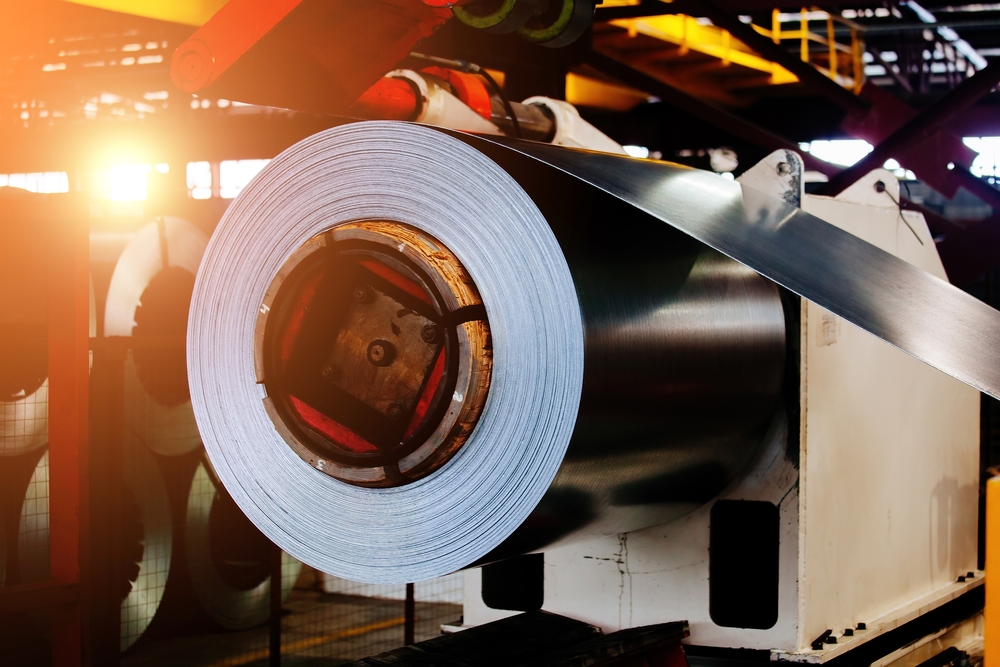
Mastering the Art of Sheet Metal Fabrication: Techniques and Trends to Watch For
July 31, 2024 6:14 pm Leave your thoughtsSheet metal fabrication is a cornerstone of modern manufacturing, influencing industries ranging from automotive to aerospace. This article delves into the essential techniques and emerging trends in this field, providing insights for both seasoned professionals and newcomers.
What is Sheet Metal Fabrication?
Sheet metal fabrication involves transforming flat sheets of metal into various structures and products through cutting, bending, and assembling. The process requires precision and expertise, leveraging a variety of techniques and technologies to achieve the desired results.
What are the 3 Main Fabrication Techniques?
1. Cutting
Cutting is the initial step in the sheet metal fabrication process. This technique involves slicing large sheets into smaller, more manageable pieces. There are several methods of cutting:
- Laser Cutting: Laser cutting is a precise and efficient method, using a focused laser beam to cut through metal. It’s ideal for intricate designs and ensures high accuracy.
- Plasma Cutting: Plasma cutting utilizes a high-velocity jet of ionized gas to slice through the metal. This method is suitable for thicker sheets and is faster than laser cutting.
- Water Jet Cutting: Water jet cutting uses a high-pressure stream of water mixed with abrasive materials to cut metal. This method is versatile and can cut through various materials without altering their properties.
2. Bending
Bending involves deforming the metal into a specific angle or shape. This technique is crucial for creating parts with angular designs. Common methods include:
- Press Brake Bending: This method uses a press brake machine to bend the sheet metal into desired shapes. It is known for its precision and is widely used in industrial applications.
- Roll Bending: Roll bending involves passing the metal sheet through a series of rollers to achieve a curved shape. This technique is often used for creating cylindrical shapes.
- Air Bending: Air bending is a flexible technique where the metal is pressed into a V-shaped die, allowing for a range of bend angles without changing tools.
3. Assembling
Assembling is the final step, where different metal parts are joined together to form a complete product. Techniques used in assembling include:
- Welding: Welding involves fusing two metal parts using heat. Various welding methods like MIG, TIG, and spot welding are used based on the material and requirements.
- Riveting: Riveting uses metal pins to join parts together. This method is durable and is often used in aircraft and automotive industries.
- Adhesive Bonding: Adhesive bonding uses special adhesives to join metal parts. This method is clean and ideal for applications where welding or riveting might not be suitable.
What are Some Trends in Sheet Metal Fabrication?
1. Automation and Robotics
Automation is revolutionizing sheet metal fabrication. The integration of robotics and automated systems increases efficiency, reduces human error, and speeds up the production process. Robotic arms are now used for tasks such as welding, cutting, and assembling, ensuring consistent quality and precision.
2. Advanced Materials
The development of advanced materials like high-strength steel and aluminum alloys is pushing the boundaries of what can be achieved with sheet metal fabrication. These materials offer superior properties such as increased strength, reduced weight, and improved corrosion resistance, making them ideal for aerospace and automotive applications.
3. 3D Printing and Additive Manufacturing
3D printing, also known as additive manufacturing, is gaining traction in sheet metal fabrication. This technology allows for the creation of complex shapes and structures that are difficult or impossible to achieve with traditional methods. It also reduces material waste and enables rapid prototyping, speeding up the design and production process.
4. Sustainability Practices
Sustainability is becoming a key focus in the industry. Fabricators are adopting practices that minimize waste, reduce energy consumption, and promote recycling. Techniques such as lean manufacturing and the use of eco-friendly materials are gaining popularity, aligning the industry with global sustainability goals.
5. Smart Manufacturing and IoT
The integration of the Internet of Things (IoT) and smart manufacturing is transforming sheet metal fabrication. IoT-enabled devices and sensors collect real-time data, providing insights into the production process. This data helps in predictive maintenance, optimizing machine performance, and reducing downtime.
6. Customization and Flexibility
There is a growing demand for customized products in various industries. Sheet metal fabricators are adopting flexible manufacturing systems that allow for the production of bespoke parts and components. This trend is driven by the need for personalized products and shorter production runs.
7. Digital Twin Technology
Digital twin technology involves creating a virtual replica of a physical product or system. This technology is used to simulate and analyze the performance of a product before it is manufactured. In sheet metal fabrication, digital twins help in optimizing designs, improving quality, and reducing development time.
Conclusion
Sheet metal fabrication is an evolving field, driven by advancements in technology and changing industry demands. Understanding the core techniques and keeping up with emerging trends is crucial for staying competitive. Whether it’s through adopting automation, leveraging advanced materials, or embracing sustainability practices, the future of sheet metal fabrication is bright and full of possibilities.
Need a Welding Shop in Suisun City, CA?
Categorised in: Sheet Metal Fabrication
This post was written by admin
